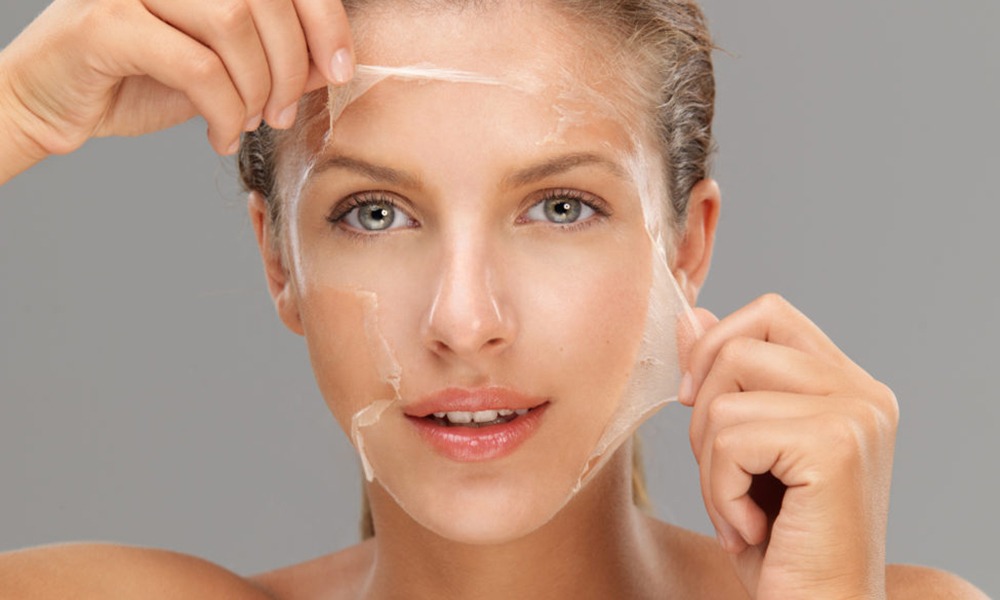
What Does Face Peeling Help With?
Face peeling, often referred to as chemical peeling or facial peeling, is a cosmetic technique where a chemical solution is applied to the surface of the skin. The treatment results in revealing smoother, healthier, and more youthful-looking skin underneath the outer layer. Face peeling can be helpful for many skin issues and concerns.
Here’s what face peeling (ผลัด เซลล์ ผิว หน้า, which is the term in Thai) can help with.
Exfoliation
Removing dead skin cells from the surface of the skin using a face peel is an efficient exfoliation technique. The skin will seem smoother and more luxurious after this procedure. Blackheads and acne outbreaks are less likely when pores are cleared with exfoliation.
Acne and Acne Scars
Chemical peels work by removing dead skin cells from the skin surface and lowering the amount of oil produced. By encouraging the creation of collagen and skin regeneration, they can help enhance the look of acne scars.
Hyperpigmentation
Peeling the skin on your face might help minimize the appearance of hyperpigmentation, which includes melisma, age spots, and sunspots. A more equal skin tone is achieved by the chemical solution, which targets the skin’s excess melanin.
Fine Lines and Wrinkles
Chemical peels can increase the creation of collagen to preserve skin suppleness and minimize the appearance of fine lines and wrinkles. A smoother, younger-looking complexion might result from regular peeling treatments.
Uneven Skin Tone
Exfoliating the face can help with redness and blotchiness associated with uneven skin tone. A more even complexion can be achieved with peels by encouraging skin cell turnover and diminishing the visibility of blood vessels.
Sun Damage
Long-term sun exposure can cause solar damage and premature aging. Chemical peels can help reverse some of the signs of UV damage by eliminating damaged skin cells and encouraging the formation of healthy skin.
Pore Size
Chemical peels remove material that might block pores and exfoliate the top layer of skin, which temporarily reduces the appearance of larger pores. This may lead to the texture of the skin being smoother and the appearance of fewer pores.
It is important to remember that not all chemical peels are created equal and that a person’s skin type and condition, as well as the type of peel, can affect how successful it is. The depth and intensity of the peel should be customized based on the patient’s skin type and the particular skin issue.
Final thoughts
Face peeling should only be done by a licensed skincare expert or skilled dermatologist to guarantee safety and get the desired results. To preserve the advantages and reduce any side effects, it is critical to adhere to the recommended post-peel care guidelines, which include moisturizing, avoiding harsh skincare products, and protecting yourself from the sun.


